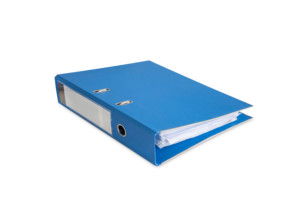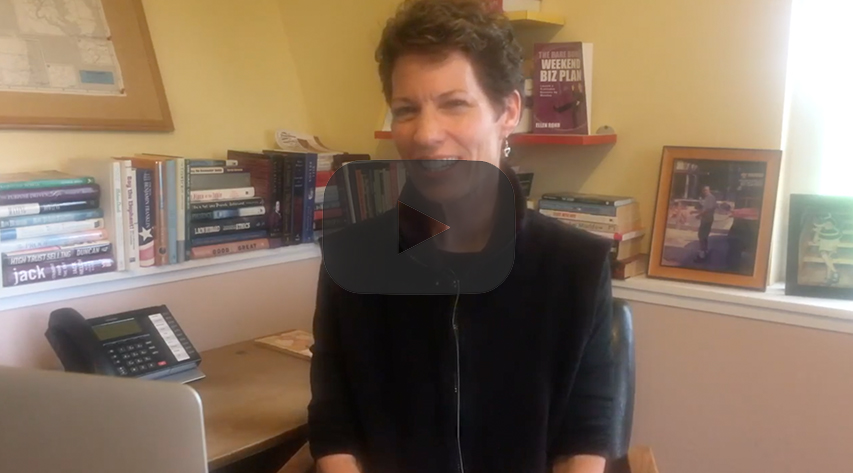 Are you sold on flat rate pricing? (a.k.a. upfront pricing, straight forward pricing or bid pricing.) I hope so. There are lots of reasons why it’s a good idea. The number one reason? Your customers want to know how much it’s going to cost before they agree to the repairs or replacement. More reasons: It keeps your pricing consistent and fair. It sets your team up to win, with pre-established pricing. You can leave the T&M commodity rat-race behind.
Are you sold on flat rate pricing? (a.k.a. upfront pricing, straight forward pricing or bid pricing.) I hope so. There are lots of reasons why it’s a good idea. The number one reason? Your customers want to know how much it’s going to cost before they agree to the repairs or replacement. More reasons: It keeps your pricing consistent and fair. It sets your team up to win, with pre-established pricing. You can leave the T&M commodity rat-race behind.
The best way to present flat rate pricing is with a menu, or a price book. Are you ready to build a rockin’ great price book? Or upgrade the one you have? (If your book is more than an inch thick, I am talking to you!) Here are some tips for putting together a price book that helps your Service Techs better serve your customers. And, it makes life easier for the Techs, too. Here are a few tips for putting a terrific flat rate price book together!
Top 25 Tasks
Ask your Techs to come up with a list of the top 25 service and replacement tasks. Or, have them go through your existing flat rate book. Ask them to highlight any tasks that they have actually used. Either way, you will end up with about 25 tasks.
Get priced right
Frank Blau taught me this unbeatable selling price formula for an hour of labor: Add up all your costs of doing business – including generous salaries and benefits for you and your team. (You deserve to make lots of money doing the amazing, risky, essential, planet-saving work that you do. Add a zero or two to the amount you originally came up with.) Then, take the total costs and divide by the number of billable hours you hope to create. Inflate for profit.
NOTE…you could use a professional flat rate book service. Their support team can help you with your pricing calculations: labor hours, material costs and basic tasks descriptions. Or, you can build your own. You can create as PDFs and use Tablets. Or, you can go all old-school and use 3-ring binders.
Build the book. Include…
- Your company Mission Statement. Do you have one? Create one. On your own or as a team. What do you stand for? Why are you in business? Keep it to 10 words or less. Memorize it and live by it. Print it up for the first page of every price book.
- Pictures of each Tech’s family, travels, and hobbies. This helps them keep their own motivations front and center…and it can build conversation and relationships with their customers. Each Tech can customize his or her book.
- Copies of licenses. Credibility and confidence building.
- Cut-aways of basic components. Find some generic photos online or have your favorite manufacturers provide their diagrams. This is super helpful for explaining what is or isn’t happening with a customer’s system.
- The tasks. Organize the tasks according to room…bathroom, kitchen, mechanical room. Include helpful add-ons on the same page as the main tasks. Use real-world words to describe the tasks and skip the techno-jargon.
- Before and After pictures. Include pictures of happy customers – real names, no initials-only nonsense – and their testimonials. It is so helpful when a Tech can say, “Here’s your neighbor Mrs. Fernwickey. She had the same hard water problem. She is pretty pleased with her new water softening system,” as he points to Mrs. Fernwickey’s smiling face and glowing words of praise.
- Checklists. Show off what you do on every job. Use your diagnostic survey and your exit checklist to help your customers understand why working with you is different and better. Checklists show you care about doing things right every time.
Now…how do you make sure that this awesome flat rate price book gets USED? Check out my Online Workshop! We discuss how to develop a great selling price and how to get your team to buy in, and use your systems. (Chances are very good that your current price book is collecting dust and fading on the dashboard.)
















